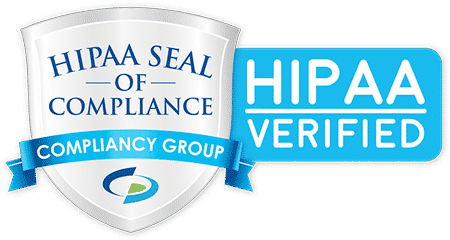BCBA vs. BCaBA
Understanding the Distinctions and Opportunities in Behavior Analysis Certification

Exploring the Roles, Requirements, and Career Paths of BCBA and BCaBA
The fields of behavior analysis are rapidly expanding, driven by increasing demand for qualified professionals trained to support individuals with behavioral and developmental needs. Central to this growth are two important certifications: the Board Certified Behavior Analyst (BCBA) and the Board Certified Assistant Behavior Analyst (BCaBA). While both credentials are rooted in applied behavior analysis (ABA), they differ significantly in educational requirements, scope of practice, responsibilities, and career trajectories. This article will delve into the qualifications needed for each certification, compare their roles, explore the job market outlook, outline certification processes, and clarify ongoing maintenance requirements.
Educational and Certification Requirements for BCBA and BCaBA

What are the qualifications and requirements for becoming a BCBA compared to a BCaBA?
To become a BCBA (Board Certified Behavior Analyst), candidates must hold at least a master's degree in behavior analysis or a closely related field. They need to complete between 1,500 to 2,000 hours of supervised fieldwork in applied behavior analysis (ABA) and pass the BCBA certification exam. This credential grants the authority to practice independently, design treatment plans, and oversee other professionals.
In contrast, a BCaBA (Board Certified Assistant Behavior Analyst) requires a bachelor's degree. Candidates must complete at least 270 hours of behavior-analytic coursework and fulfill approximately 1,300 hours of supervised fieldwork. After passing the BCaBA exam, they are qualified to support behavior analysis services but must work under the supervision of a BCBA or a BCBA-D.
Both certifications require ongoing continuing education to maintain their validity and uphold ethical standards. BCBAs typically have broader responsibilities and higher earning potential, while BCaBAs gain valuable experience and supervision opportunities that can facilitate career advancement.
What are the roles and responsibilities of a BCBA compared to a BCaBA?
A BCBA (Board Certified Behavior Analyst) has a leadership role, often designing and implementing behavior intervention plans independently. They conduct assessments, develop treatment strategies, and supervise BCaBAs and RBTs (Registered Behavior Technicians) to ensure effective service delivery. BCBAs also oversee ethical compliance and maintain professional accountability.
BCaBAs, on the other hand, assist in developing and adjusting treatment plans and support the supervision of RBTs. They implement interventions under the guidance of a BCBA. While BCBAs operate with a high degree of autonomy, BCaBAs primarily work within a framework of supervision, gaining practical experience that can lead to future independence.
What are the current career and job market prospects for BCBAs and BCaBAs?
The demand for behavior analysts has surged over recent years. From 2023 to 2024, jobs for BCBAs are expected to grow by more than 58%, reflecting increased recognition of ABA’s effectiveness, especially in autism treatment. BCaBA roles are also expanding rapidly, with a growth rate of approximately 131% within the same period.
Salaries vary, with BCBAs earning an average of around $72,450 annually, and some top earners exceeding $83,000. BCaBAs tend to earn between $35,000 and $55,000. The expansion of insurance coverage, broader application across healthcare, educational, and organizational settings, and the rising number of diagnoses contribute to this positive job outlook.
Navigating the Path from Assistant to Expert in Behavior Analysis
The distinctions between BCBA and BCaBA certifications reflect differing levels of responsibility, autonomy, and educational attainment within the field of behavior analysis. The BCBA, with its higher educational requirements and capacity for independent practice, offers broader clinical responsibilities and higher earning potential. Conversely, the BCaBA serves as a crucial support role under supervision, gaining valuable experience that can serve as a stepping stone toward becoming a BCBA. Both certifications enjoy strong job prospects due to increasing awareness of ABA's effectiveness, and the ongoing expansion of related services ensures robust demand. For aspiring behavior analysts, understanding these differences is vital in charting a suitable career path and fulfilling the growing need for qualified professionals in the mental health, education, and healthcare sectors.
References
- What's the Difference Between a BCBA and BCaBA?
- Board Certified Assistant Behavior Analysts (BCaBA)
- Differences and Opportunities Between BCBA® vs. BCaBA®
- 7 FAQs for RBTs Pursuing BCBA or BCaBA Certification
- BCaBA vs BCBA: What's the Difference Between a ...
- Board Certified Behavior Analyst
- Essential Guide to BCBA Certification: Steps & Requirements
- EXAMINATION INFORMATION - Behavior Analyst ...
- Arizona Behavior Analyst Application for Licensure Basics
- What Is the Job Outlook for Behavior Analysts? Career ...
















